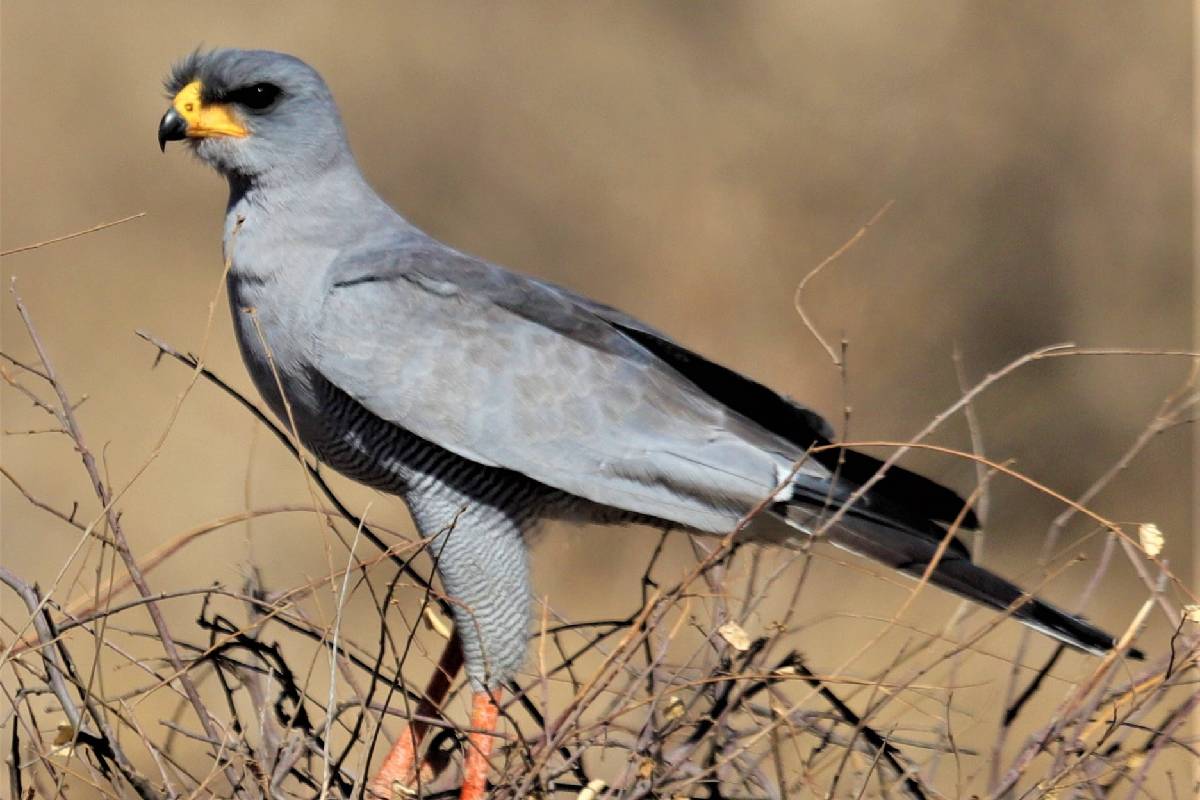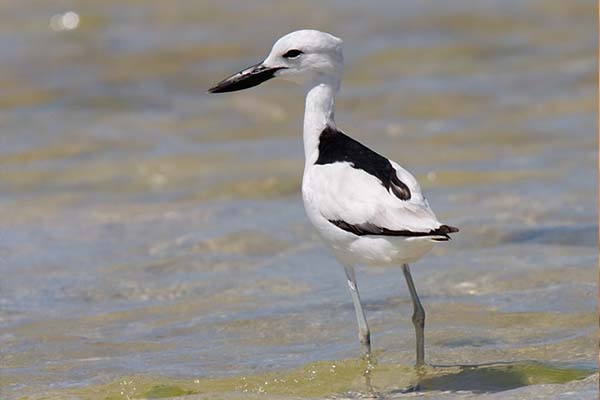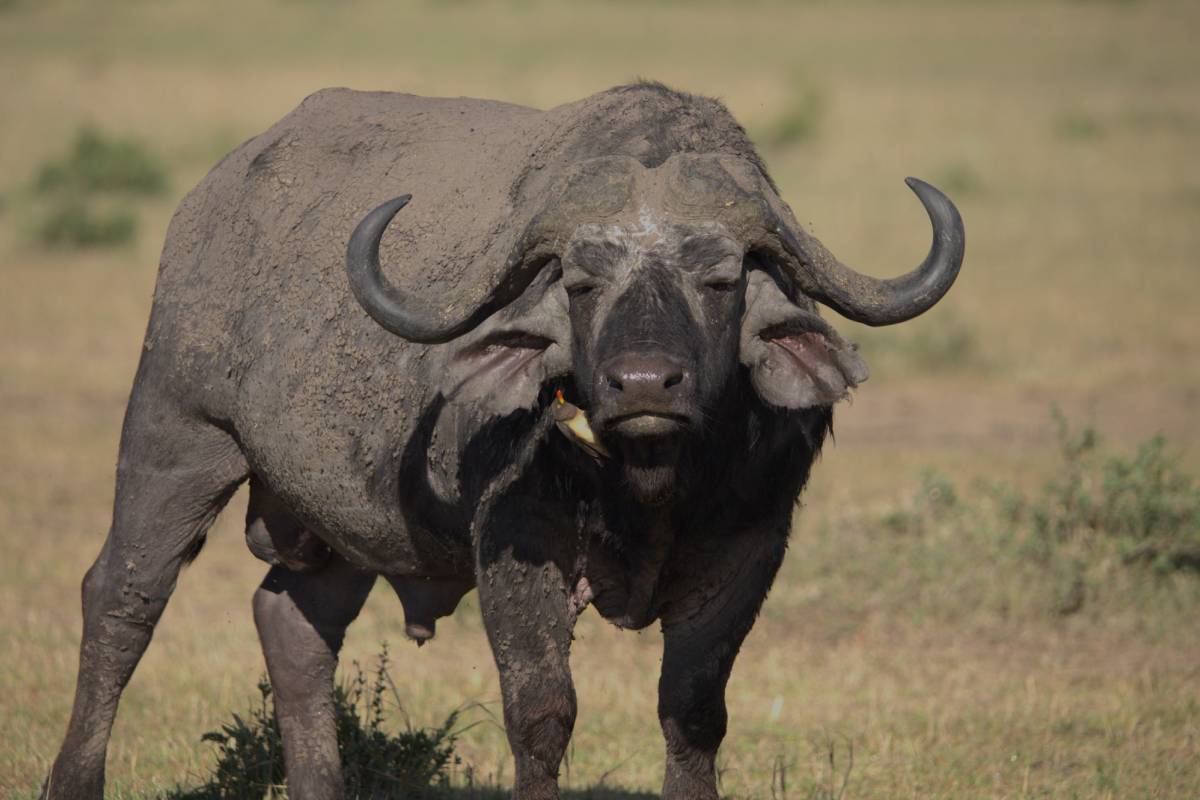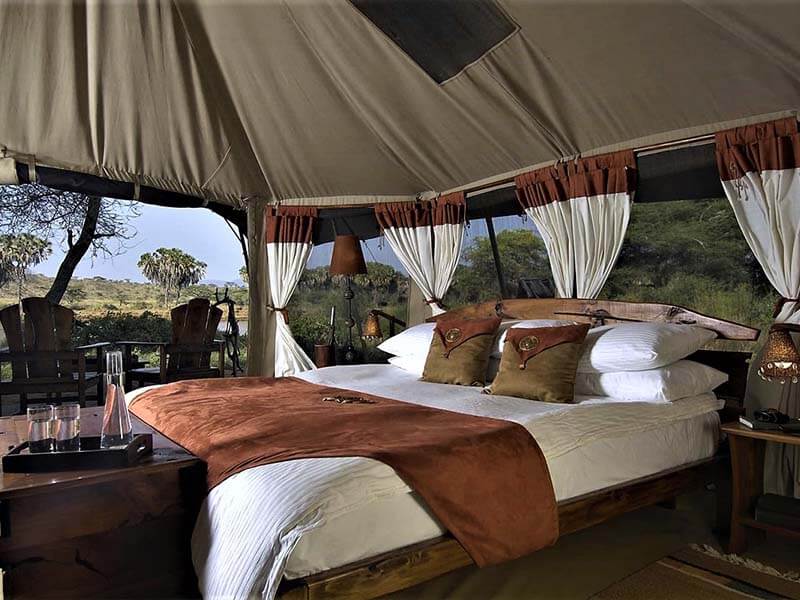Shimba Hills National Reserve
Shimba Hills National Reserve is a stunning coastal forest located in Kwale County, Kenya. The Reserve is famous for its high density of elephants. It has a population of around 700 elephants. It is also the only place in Kenya where visitors can see the endangered Roosevelt’s sable antelope. Shimba Hills is one of the largest coastal forests in East Africa after the Arabuko-Sokoke Forest. It boasts a diverse ecosystem, including rolling hills, dense forests, and a variety of wildlife species. The National Reserve is owned by the Kenyan government and managed by the Kenya Wildlife Service (KWS).
Facts about Shimba Hills National Reserve
Shimba Hills National Reserve Safaris and Tours
Shimba Hills National Reserve Features and Attractions
Shimba Hills National Reserve Activities
Here are some of the top activities you can perform :
Best Time to Visit Shimba Hills National Reserve
You can visit Shimba Hills Reserve any time of the year. However, the dry seasons, from December to March and June to September, are considered the best times to visit. During this period, animals gather around local water sources, making them easier to spot.
The Reserve experiences a tropical climate, with warm temperatures throughout the year. It also has two rainy seasons: the long rains from March to June and the short rains from October to November. During these periods, visitors can expect occasional showers and slightly cooler temperatures.










